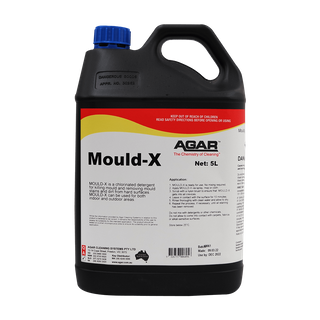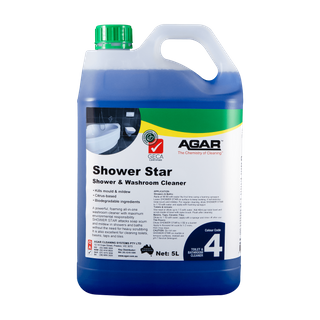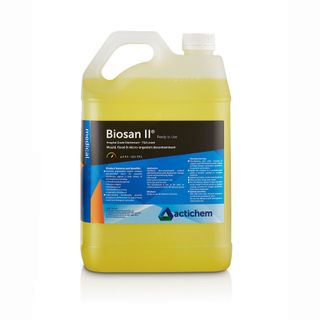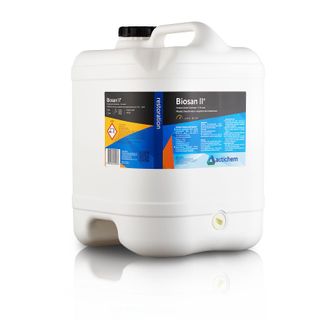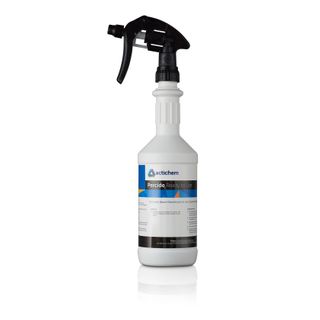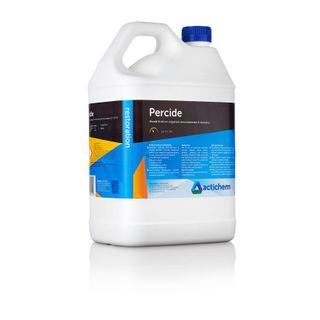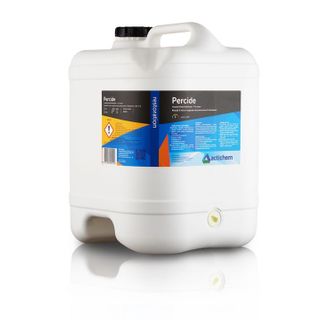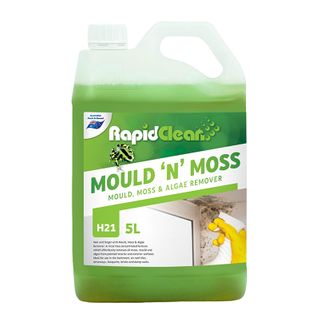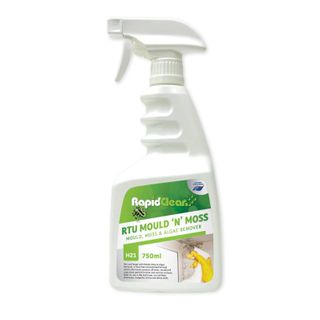Mould Removal Chemicals

Mould removal and killing mould spores is necessary to manage safety and health. Mould grows in moist conditions, and mould may present a health hazard like respiratory problems if not controlled (refer NSW govt fact mould sheets link). It can also present a unsightly view, and stain and damage surfaces. Some environments are prone to mould. Even when mould is removed, it may return requiring periodic treatment. Floods commonly cause mould due to massive saturation of surfaces with bacteria and biomass. Sustained heavy rainfall saturates ground and may cause adjoining walls to leach moisture through walls and cupboards. Black mould is the common fear, but many other moulds exist. Carpet mould, bathroom mould, kitchen mould, and ceiling mould are common occurences.
Effective Mould cleaning is a challenge. While many cleaners use bleach to kill mould, bleach kills mould suface layers only, and bleaches them to a pale colour, so mould appears to be taken care of. In fact the mould spores may still survive so mould regrowth occurs quickly. Effective mould removal and control requires the mould be killed down to spores level, and removed. When using appropriate chemicals, protective clothing needs to be worn to project skin, eyes and lungs. Killing mould may threaten plants the chemical lands on, so be careful.
When using mould control chemicals, tests should be conducted on surfaces to check for any negative impact on colour, or surface damage. Carpets and upholstery in particular may be prone to carpet cleaning chemical damage. Clothing is commonly fragile and has poor colour fastness.
Surface mould treatment levels escalate from removing mould, up to killing mould and mould stain removal. Deep cleansing of mould in highly porous surfaces would be mainly external and involve chlorinated additives (not recomemnded for inetrnal use where chlorine has fumes and will remove colour from many sensitive surfaces). Airborne mould spores need airborne spray treatment, and both the mould and the chemical may have respiratory risk implications - notably fogging protocols on spray droplet sizes, personal protective clothing, and air extraction.
Moulds create allergens which can cause an allergic reaction. Sometimes impact is a mild irritation, some moulds are toxic. Inhaling or touching mould spores may cause an allergic reaction, such as sneezing, a runny nose, red eyes and skin rash. People prone to asthma may be more vulnerable to mould impacts. Black mould is not worse than other moulds, generally.
Removing mould requires a mould killing chemical, agitation, and removal of the residues. If mould is vacuumed, it is important to use a vacuum with a HEPA 13 filter or better, anything less may allow bacteria particles tp pass through the vacuum bags and filter back into the room as airborne mould. HEPA 13 vacuums can be inexpensive like the NIlfisk VP300 HEPA, and more serious hazardous vacuums have enhanced filtration cartridges capable of trapping very fine bacteria, and hazardous materials like lead particles in old paints, asbestos, fine silica dust.
Click to Review a mould treatment video
Preventing mould involves keeping surfaces and air dry, removing liquids quickly, removing bacteria and disinfection. Its why carpet cleaners commonly use air movers in deep cleaning or flood situations to accelerate drying times, and apply residual biocidal mould chemicals like Biosan after cleaning to attack residual bacteria. Dehumidifiers in rooms and cupboards remove moisture. Simple moisture absorption canisters in cupboards visibly extract moisture, evidenced by water level accumulating in the tub. Dehumidifiers in rooms and cupboards remove moisture. Simple moisture absorption canisters in cupboards visibly extract moisture, evidenced by water level accumulating in the tub.
There are chemicals that are biocidal and Geca approved, and there are some that are aggressive mould cleaners with chlorine. Contact Rapid Clean Newcastle us to discuss mould remediation.
Preventing Mould from growing in your home
Maintain proper ventilation
-
Turn on exhaust fans, particularly when bathing, showering, cooking, doing laundry and drying clothes. Open windows when weather permits, to improve cross ventilation.
Reduce humidity
-
Limit the use of humidifiers. Limit the number of fish tanks and indoor plants. Limit use of unflued gas heaters
Control moisture and dampness
-
Repair all water leaks and plumbing problems, for example, burst water pipes, leaking roof or blocked rain gutter

